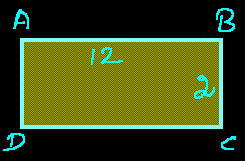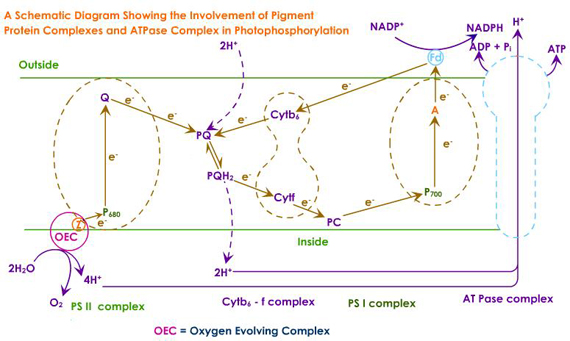There are equations and expressions in mathematics. The degree of a polynomial will be nothing but highest exponent that is present in a particular term of it. There can be variables as well as constants in it. Variables are terms whose value change but constants are terms which have the same value throughout. The exponents or power will appear only for the variables. So, only the variables’ exponents have to be checked and the constants left alone. These variables and constants will be separated by the basic arithmetic operations like addition, subtraction. There can multiplication symbol also. So, degree of polynomial is basically concept which tells about the highest power or exponent of the variable present in it. The degrees of polynomials will be there if there are more than present. The procedure applied or the concept is same. The variables have to be looked into as constants do not have a role to play in finding the degree.
Sometimes there can be more than variable in the same term. In that case all the powers or the exponents of the variables must be added and then the degree has to be found out. This can done by applying the laws of exponents. When two exponents are on terms which are multiplied with each other the exponents are added up. Before finding the degree of the given expression one must see to it is converted it into its standard form. Only then the degree must be found out. Otherwise the answer obtained will be wrong. So, one has to be very careful while finding the degree if the standard form is not given. Standard form is nothing but converting the expression into a form when the terms in it is just separated the arithmetic symbols. Once this is done the basic requirement to find the degree is fulfilled and the degree can easily found out.
The process of finding the degree is quite a simple process and does not take much time, if the expression is already given in its standard form. If it is not given in the standard form then it must be first converted in to standard form and then the degree has to be found out. This make a little more time than the usual procedure. But to convert the expression into the standard form and finding the degree is more interesting .
















